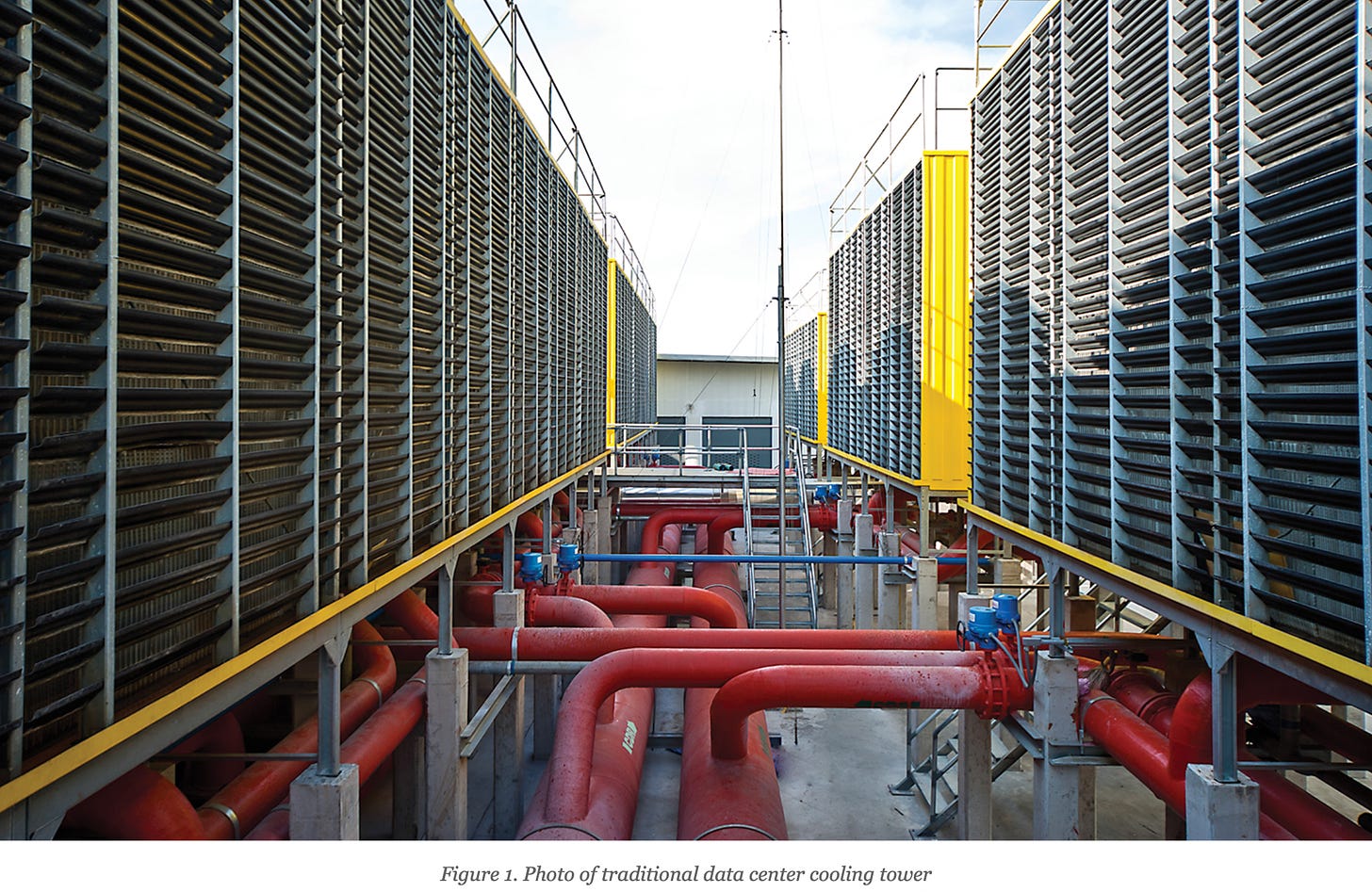California's Water Woes. Where Our Water is Really Going.
How farmers and ranchers are made the 'fall guys" as cover for a Bigger Plan.
It’s-all-the-farmers-fault.
We hear it all the time.
The farmers. They use too much water. They don’t care about the environment; They are greedy. Their carbon footprint is killing us. Those damn cows. They won’t stop farting.
A couple of months ago, I wrapped up six months of on-the-road campaigning for CA governor, traveling up and down the very long state of California, covering nearly 20,000 miles. I spoke to teachers, parents, elected representatives, attorneys, activists, day laborers, and most importantly, ranchers and farmers, and water experts. Lots of water experts.
Water was the most fascinating of all the topics. It would make an excellent topic for a Hollywood film: the stealing of our water. Oh, wait. It was already made. Watch the iconic 1974 film and true story, "Chinatown," if you haven’t already.
One of the most alarming and current trends I picked up regarding California’s water issues (I’m sure this is not exclusive to just California) was the false narrative being pushed onto the public regarding farms/ranches’ irresponsible water consumption: If only they would stop using water to grow and raise our precious food, everything would be fine.
This sentiment is repeated not by the people but by the parroting media and in the headlines, above the fold, in newspapers around the nation.
Could they improve their conservation efforts, sure. But there’s more to this story.
What is being underreported and downplayed is that this narrative is used to cover the crimes of “assets managers” like BlackRock, Bill Gates, and China as they continue to come in and scoop up our farmland and water rights, pennies on the dollar.
It became apparent to me in this last year that our media is colluding with our government, Big Pharma, Big Tech, Big Industry, including the NSA, and most likely Bill Gates and the CCP (Chinese Communist Party) to ensure that by the time you realize what is going on, it will be too late.
They are all complicit in obfuscating the truth that massive amounts of water are consumed by manufacturing industries producing everything from batteries and solar panels to electric cars and trucks. Even the data centers and tech companies storing our websites and social media pages consume massive amounts of water; something has to cool down all those hot data centers holding our online world.
Nor is it mentioned in the media that water consumption will grow exponentially to meet the increased demands of a CCP-style Social Credit System infrastructure (Digital ID) that is “intended” to roll out across America, requiring even more data centers to accommodate the 24/7 surveillance system.
To add to the insanity, we have the Green New Deal swinging into action like the Great Savior, with advocates not mentioning all the water it will need to cool the data centers that will be storing all the information on every “carbon aspect” of our lives, consuming even more water while enabling the CCP’s Social Credit System even further….
Do we see the pattern now?
No matter the outcome for our farmers, water consumption will only go up if this current trend continues.
While on the campaign trail, one of the many water experts I met was a gentleman working with an atmospheric water harvesting tech company in Sacramento, CA. He gave me a list he had compiled of how water is being used, misallocated, and wasted.
He did a lovely job laying out where much of our water really goes.
Misallocation and water licensing are also issues, and I’ll get to those in a later post.
California’s Water
That the use of water has increased in California because of population growth, new industries, and data centers; if every car was to be replaced by an electric vehicle and every residence in the United States required solar, there would not be enough water in the world to manufacture all the materials needed. If there was an attempt to use desalination, it could take 8-10 years to build one desalination plant.
Who uses the most water?
For centuries we assumed the most significant users of water had been farmers., however, in the past 10-15 years, we now understand that it is manufacturing industries and data centers.
Data Centers
804 data centers in California. The average use per data center is 500,000 gallons per day to cool their shelves.
Using 100 acres as a comparison. Data centers use 140 million gallons of water per year; electric cars use 140 million gallons of water per year, and an almond farm which is the highest use of water, averages 115 million gallons of water per year (caveat here, almond farmers get about three different uses out of their almonds and their shells. These numbers have been made to look more damning than they are).
Two of the largest data centers in the world use 104 trillion gallons of water per year. These numbers do not consider the amount of water evaporation and energy that contributes to the environment.
NSA research contributes 65% of water evaporation to the cause of climate change.
Electric Cars
13.2 million automobiles in California and 13.6 million trucks. Each electric vehicle takes 39,000 gallons of water to manufacture. Batteries range in sizes from 100-400 miles.
Mining the materials for manufacturing electric vehicle batteries requires 1.5 million gallons of water daily.
Charging stations use 60,000 gallons of water per station. Only 10% of the charging stations can run on solar energy. The rest must operate on the existing grid. It takes approximately 1 hour and 50 minutes to recharge a 400-mile battery. Electric car batteries cannot be recycled and must be stored in a secured underground facility. Electric car batteries require a cooling system to keep the batteries from overheating, which can cause the battery to explode.
Car batteries have a life expectancy of 8-10 years or 200,000 miles
Solar Panels
2,000 residents in Sacramento County
Each resident will require 25 panels
6 hours of sun is needed to maintain the amount of energy necessary to conserve required daily energy.
Each panel requires 3,700 gallons of water to manufacture
Batteries require for home use 10,000 gallons of water to manufacture Only the frames and glass are recyclable
All inner materials are not recyclable and must be stored in an underground secured facility
Solar panels must be replaced every 15-20 years
Source; Okavate, Inc (Sacramento)
(And while any of these specific stats can be contested, the point is that water is being consumed indiscriminately throughout a multitude of industries and at levels that which we should question and call for stricter conservation standards)
The public needs to know this information and call out the actual perpetrators, ultimately saving our farms and ranchers. We need to call out the media for perpetuating these lies: Our water woes are clearly not our farmers’ fault.
Please share widely. Change the narrative!
If you appreciate this content, please become a super fan and become a paid subscriber for just under 17 cents a day! It's greatly appreciated and allows me to keep the content flowing!







this so true and only part of th e agenda to do away with a sovereign nations
I've read that the energy required to run data centers uses more water than that required to cool them but the cooling uses about 1% of California's total water consumption. You've got a lot of stats to show me to convince me that farming is not the overwhelmingly main use of water, like 80%. Also 70% of the almond crop is exported...meaning some portion of that water used in almond production actually leaves the watershed entirely, and then you would have to calculate how much water and energy is needed to ship those tons of almonds to China and elsewhere to get a true almond industry water impact figure. Also it takes the same amount of water to build an electric car as it does a gasoline car and somewhere between 20 and 100 gallons of water just to produce, and that does not count distribution, which means pipelines, tankers, trucks and gas stations and their water impacts, think oil spills and the downstream effects of fracking and toxic seepage, 1 gallon of gasoline. So it is not that meaningful nor persuasive to quote the alarming water use of Green technology while ignoring or leaving mysterious the amount of water used in the current system.